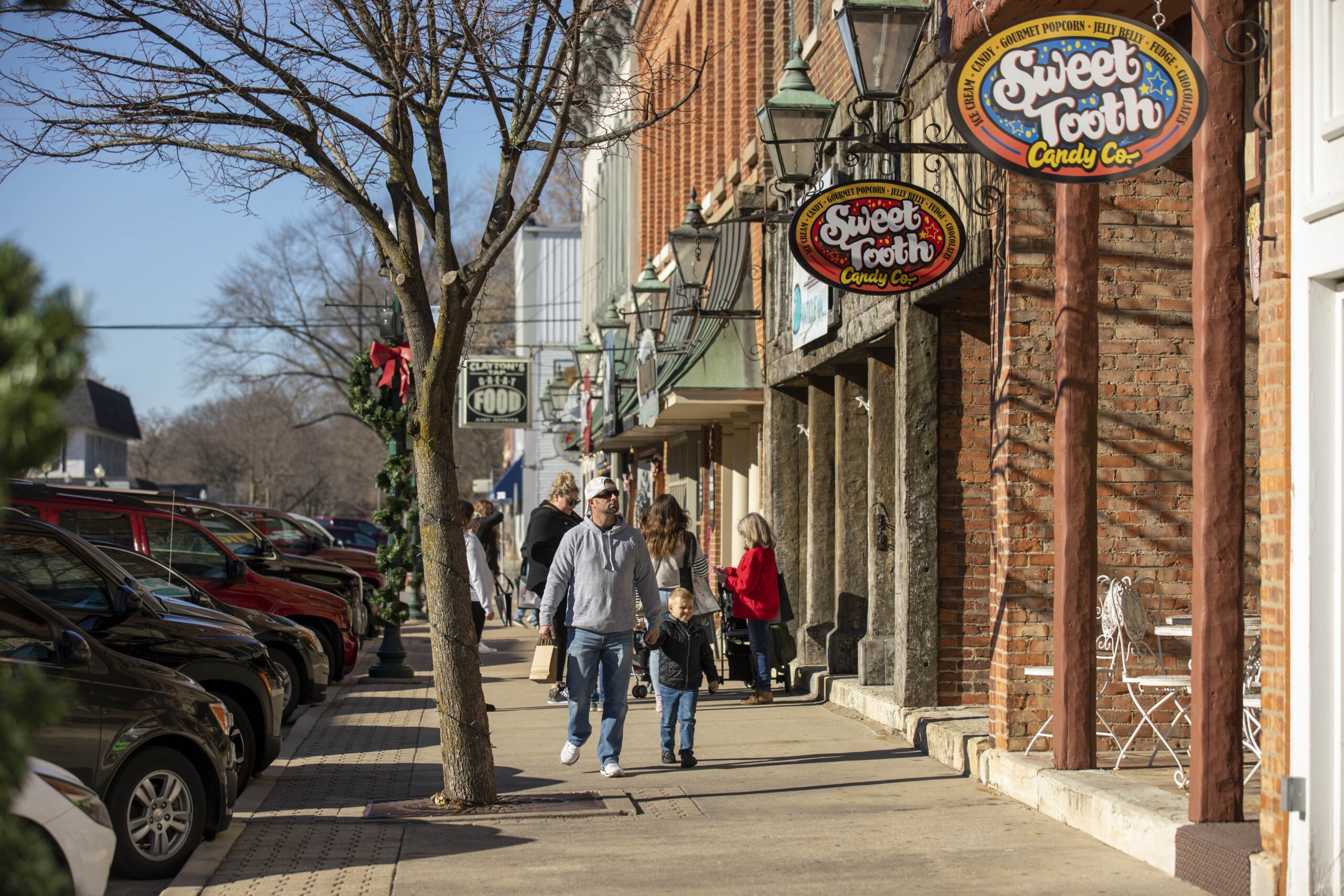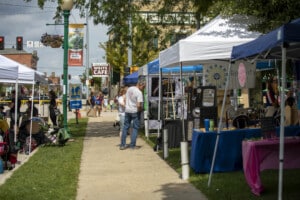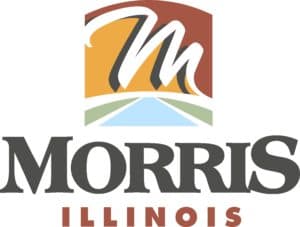
Enhance Downtown Morris
The downtown Master Plan represents the next step in a long history of City planning and continued strong interest in Downtown Morris. Efforts to enhance the downtown date back to the City’s first Downtown Master Plan, adopted in 1995. While some recommendations from that plan have been addressed and some are still relevant today, the plan is very much in need of a modern update given changes to the economy and changes to how people use shop, work and recreate in the internet age.
The City of Morris Downtown Master Plan is the result of a ten month-long effort by the City and its partners to both evaluate existing conditions and to consider future plans for Downtown Morris. The City of Morris is fortunate to have a strong, unique identity that fosters a community of involved, caring residents and stakeholders who have the collective goal of continuously maintaining and improving their City. Building on this connection, Morris’ Downtown Master Plan involved thoughtful public outreach to make sure that the Plan was informed by the wants and needs of the community.
This Enhance Downtown Morris Plan is designed to build on the successes of the past and chart a path that will foster continued success for years to come. Our vision for the future of Downtown Morris can be summarized in one short, simple phrase: If you like small towns, you will love Downtown Morris!
What makes us say that? Downtown Morris features:
• Unique places to shop and dine – few chains, more mom and pop shops;
• Fun events for all – from classic cars to fun runs, art shows and more;
• Great walks along the Illinois River and I&M Canal, through charming residential neighborhoods, and along a classic “Main Street” (locally known as Liberty Street);
• A continuing hub of commerce and the center of local government; and
• A safe, friendly, and beautiful place to visit or to call home.

Market Assessment
This chapter examines Downtown Morris’ market conditions, themes from stakeholder interviews conducted during the outreach phase, and findings from the online consumer survey. This chapter also provides an assessment of best practices from four similar downtowns in Illinois: Dixon, Jacksonville, Freeport, and Sterling. Understanding the strategies and actions that have helped similar historic downtowns expand their revitalization efforts can provide context and potential programming ideas for Downtown Morris. Finally, this chapter provides
recommendations related to tourism and downtown Morris, including leveraging existing assets like the regional The Heritage Corridor Convention and Visitors Bureau (HCCVB) and Downtown Visitor Center, and creating new attractions like the ‘Walk Morris!’ walking tours.
Development Opportunities
This chapter examines land use and zoning issues + opportunities for Downtown Morris, including rezoning several areas north of the I&M canal, utilizing the B-2 Planned Development Zoning for a few opportunity sites, and creating a Business Transition zoning district for properties along Route 47. This chapter also identifies, analyzes, and provides recommendations for seven opportunity sites within the Downtown that offer long-term potential for either new construction or strategic reuse of existing buildings that could provide some additional diversity and added value to Downtown Morris.
Placemaking + Urban Design
This chapter highlights ways in which the City, partner organizations, local businesses, and residents can incorporate new and enhance existing urban design elements throughout the downtown. High-quality urban design should encourage residents and visitors to stick around, enjoy the environment, dine at restaurants, and shop at stores. For Downtown Morris, urban design should reflect the character and identity of the downtown, enhance connectivity and safety, help create vibrant people places, and provide ample and accessible parking for customers and employees. In addition to providing detailed recommendations, this chapter also provides conceptual plans and renderings for some of the urban design elements highlighted in the plan.
Implementation Strategies
The Implementation Strategies chapter provides action items based on plan recommendations, suggested partners and potential resources, and priority rankings based on community feedback.
